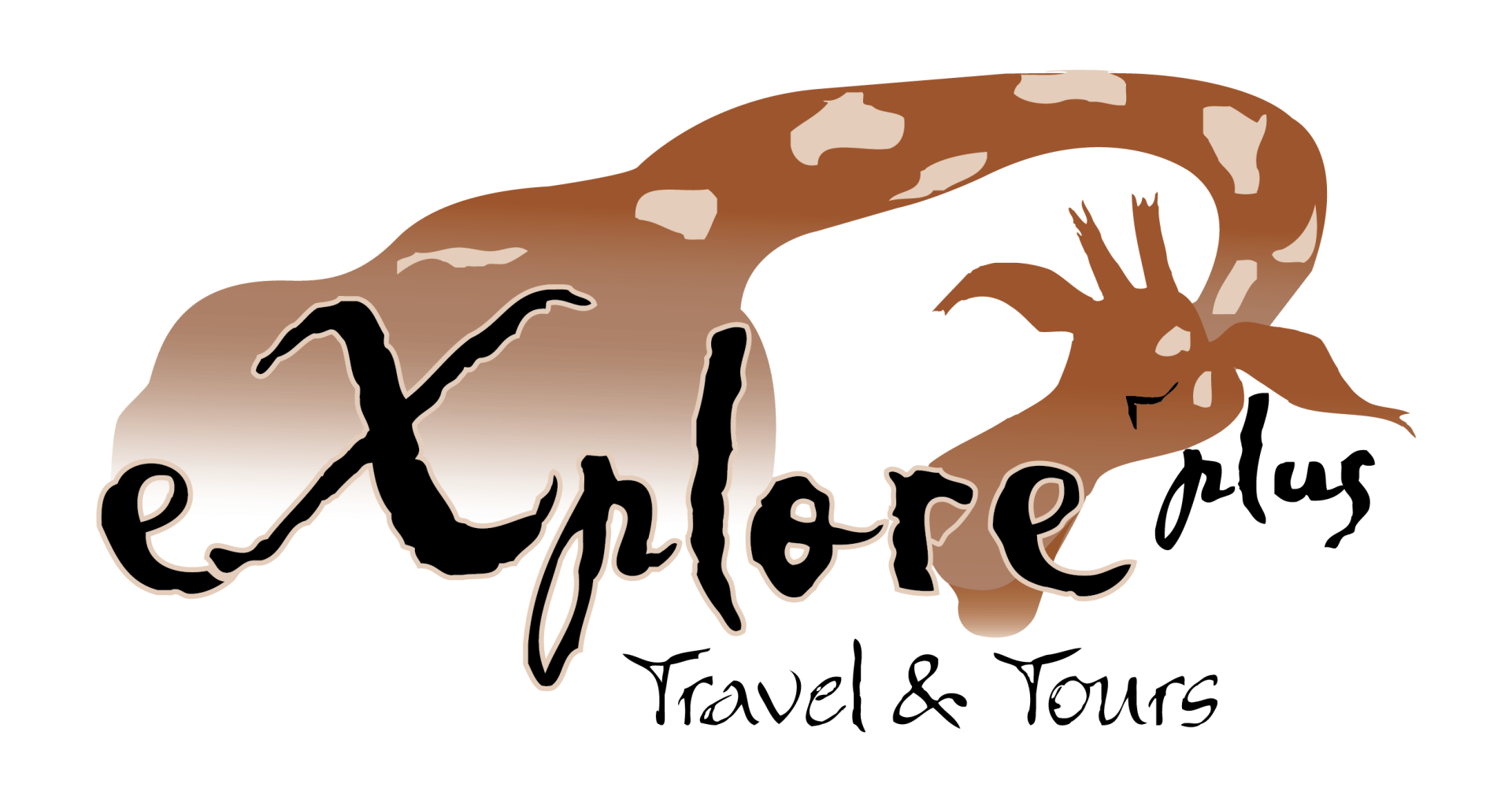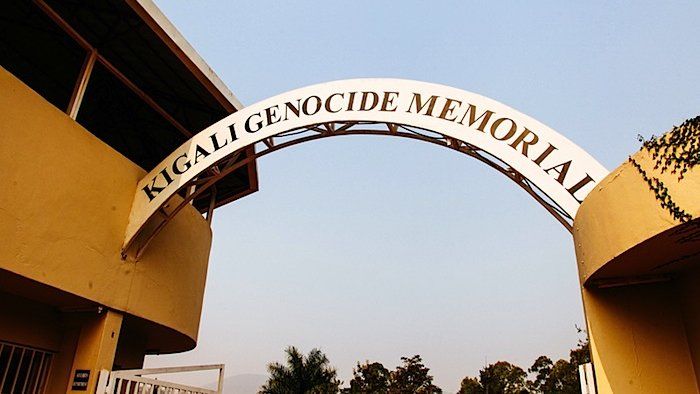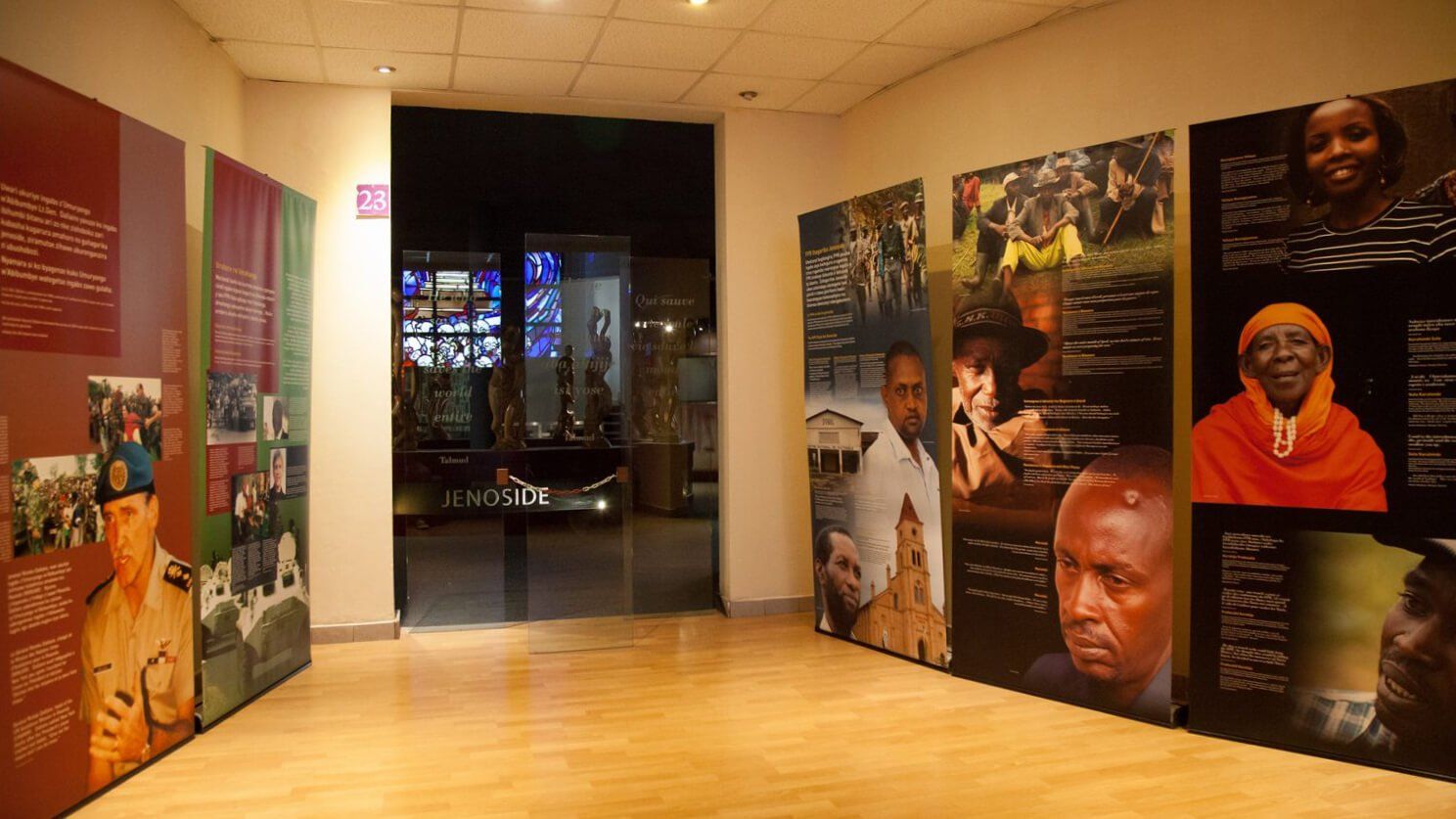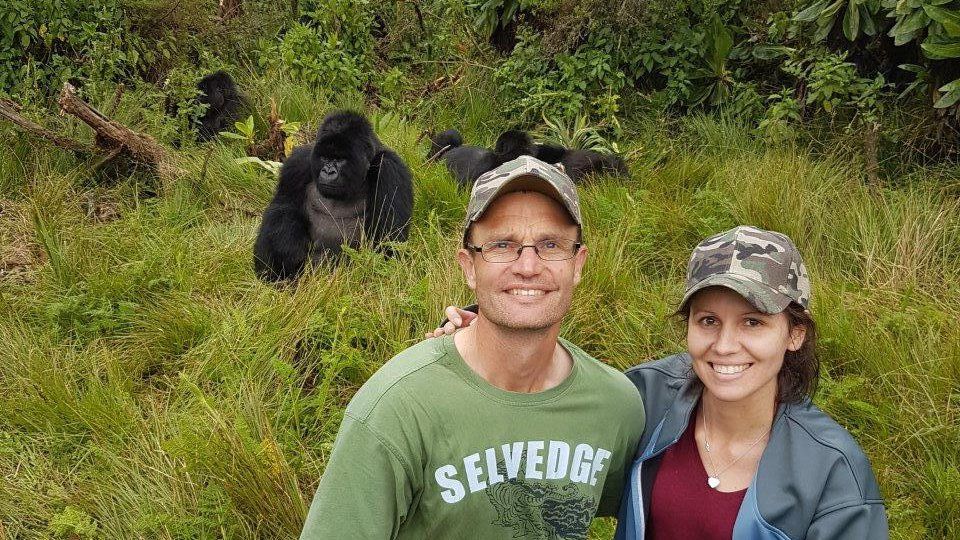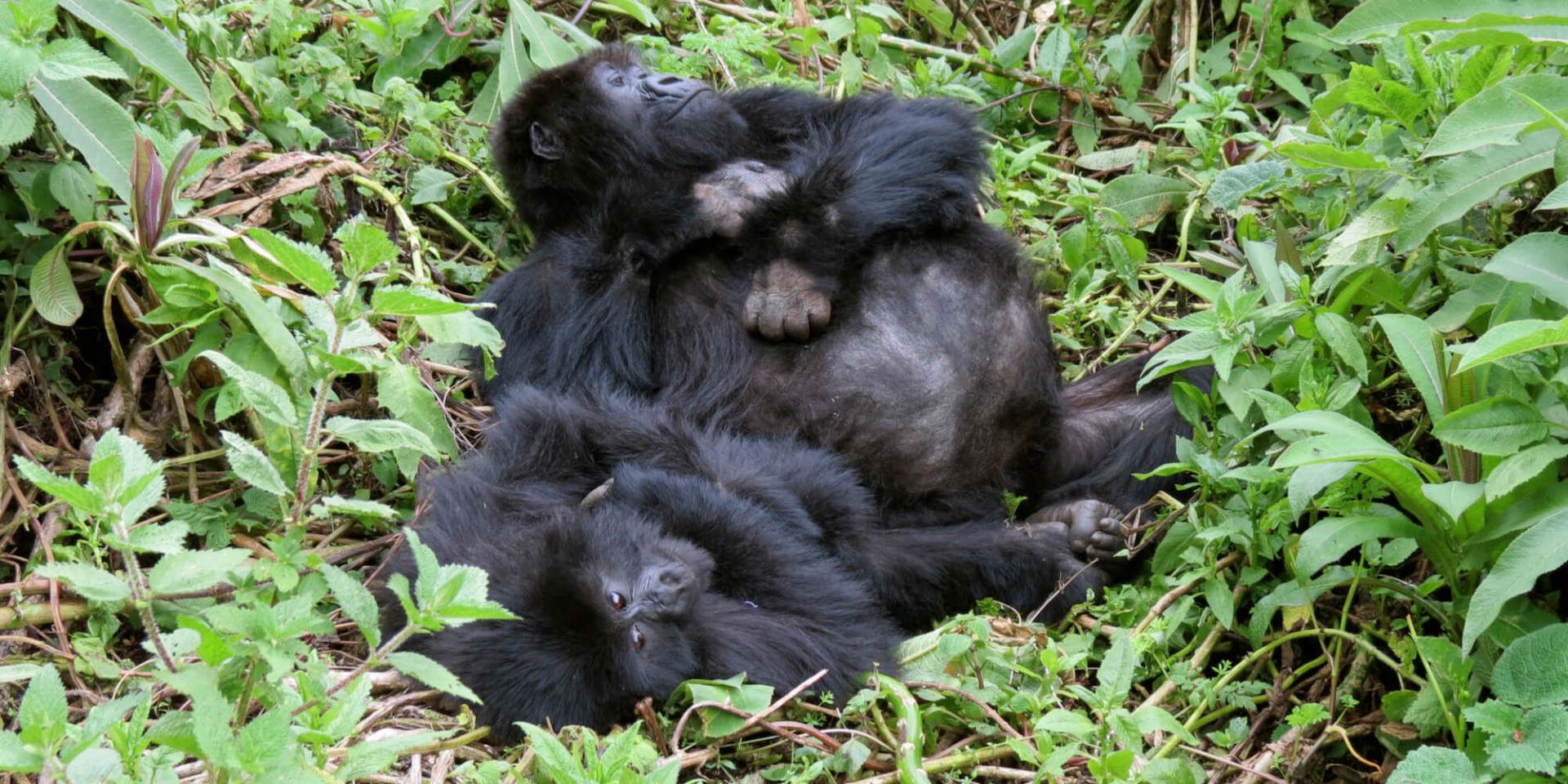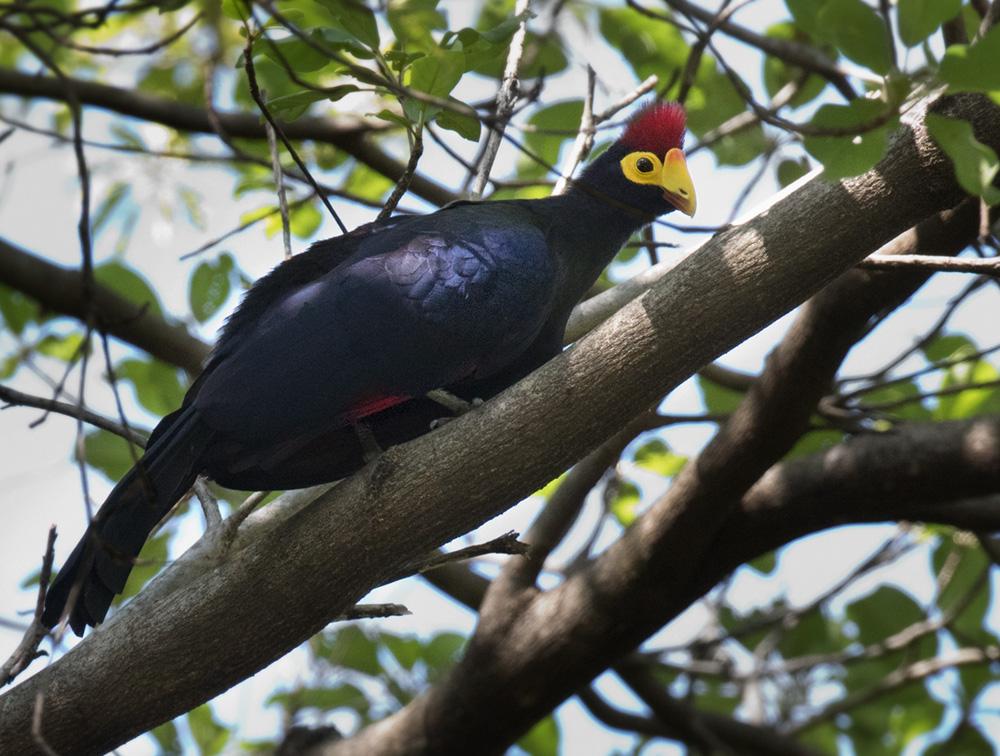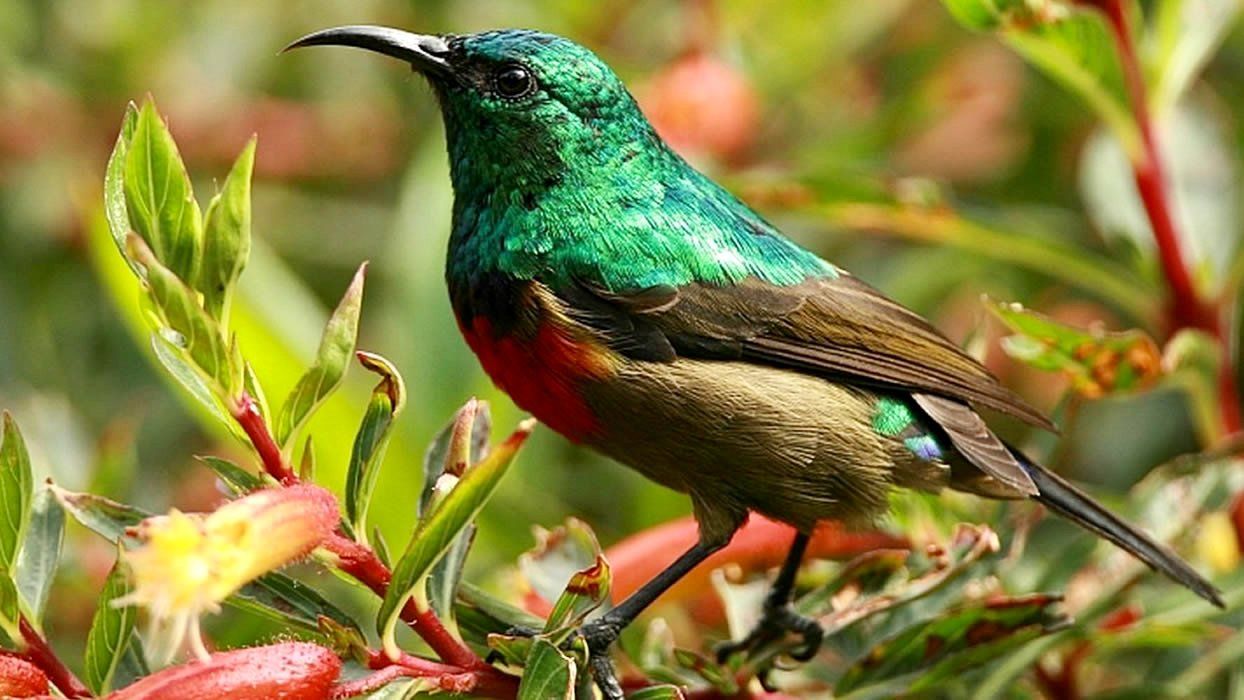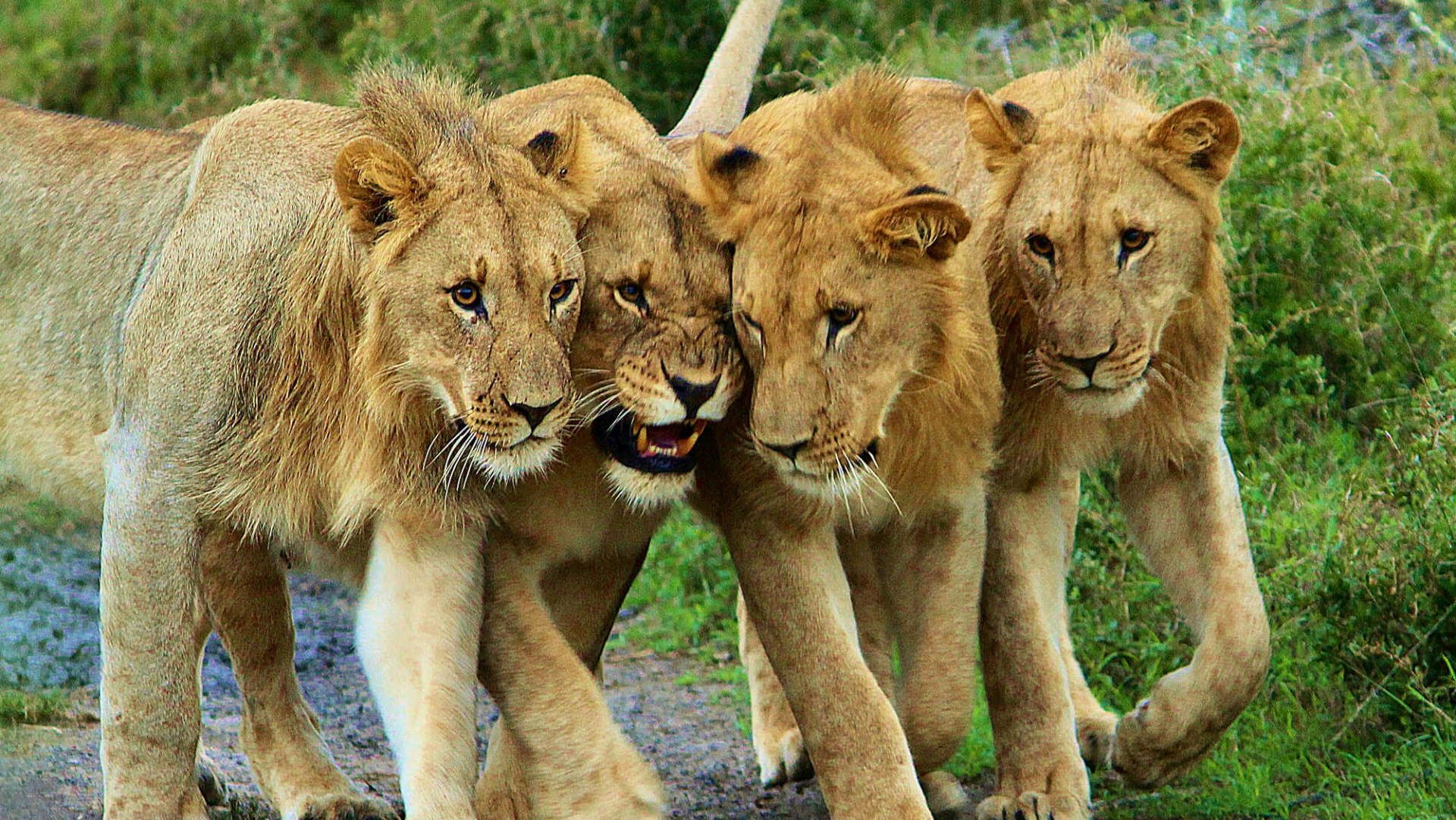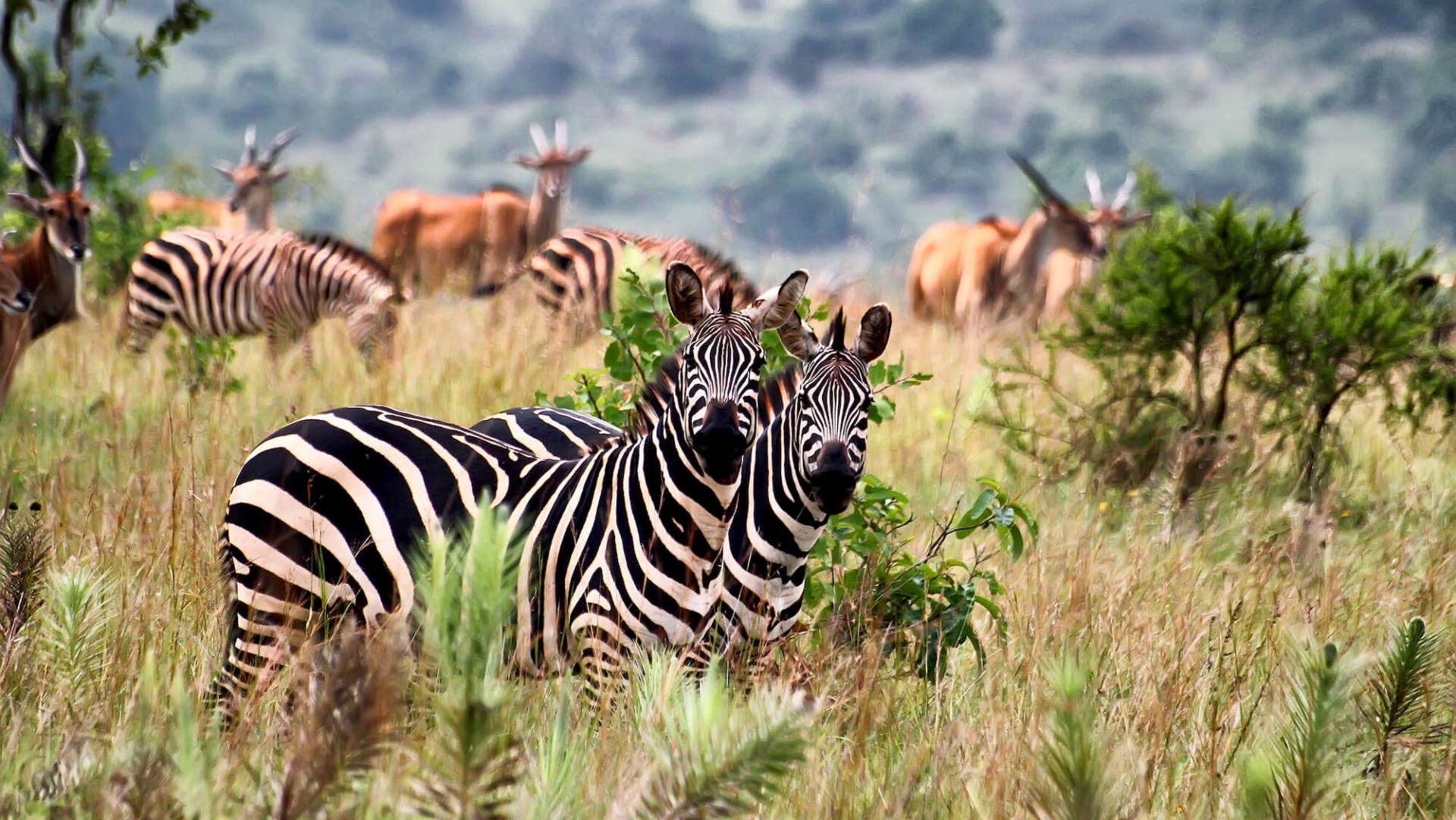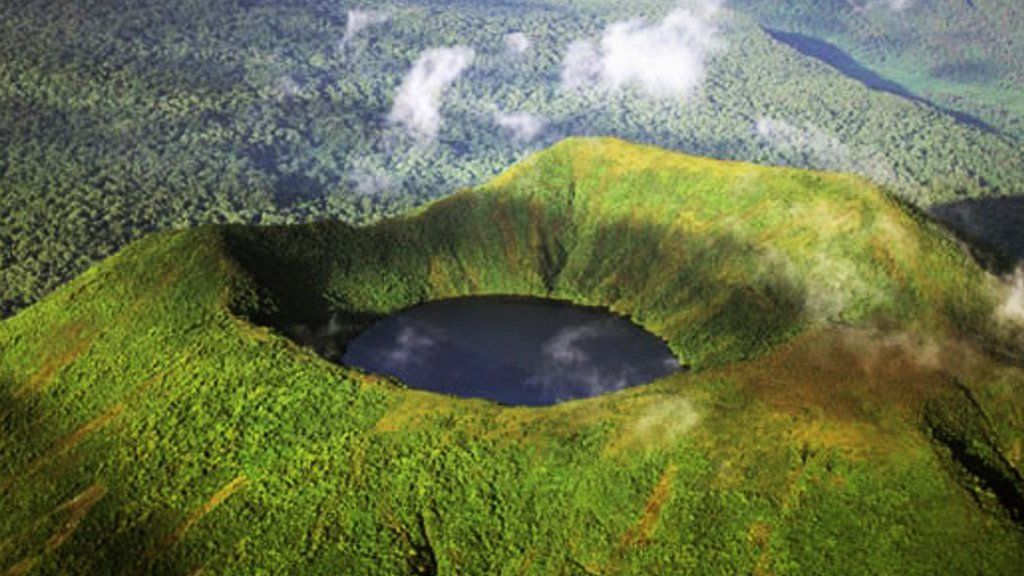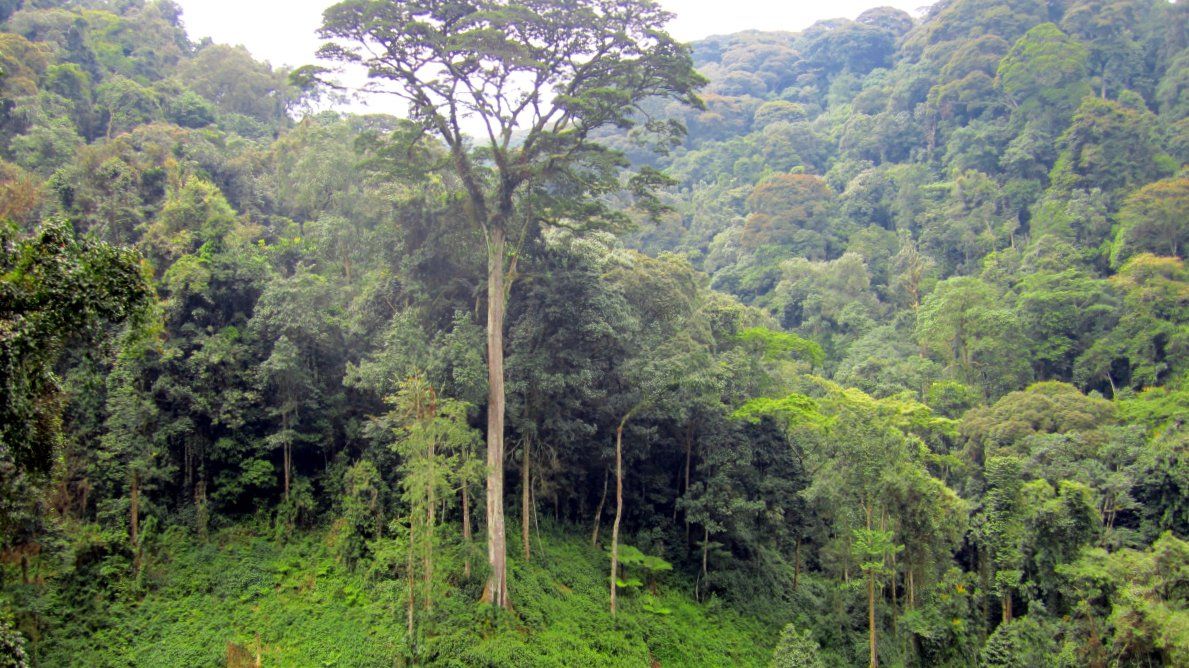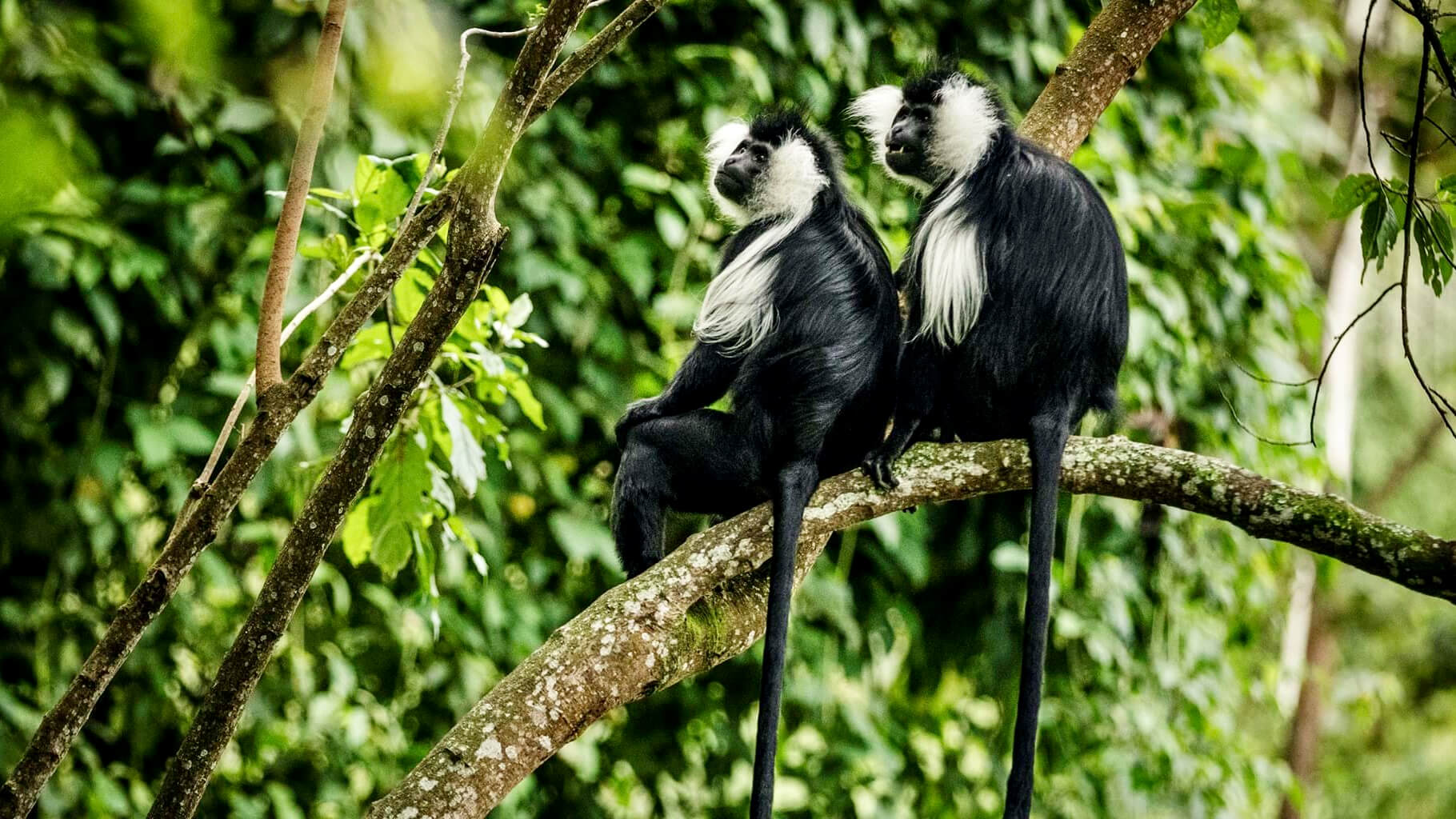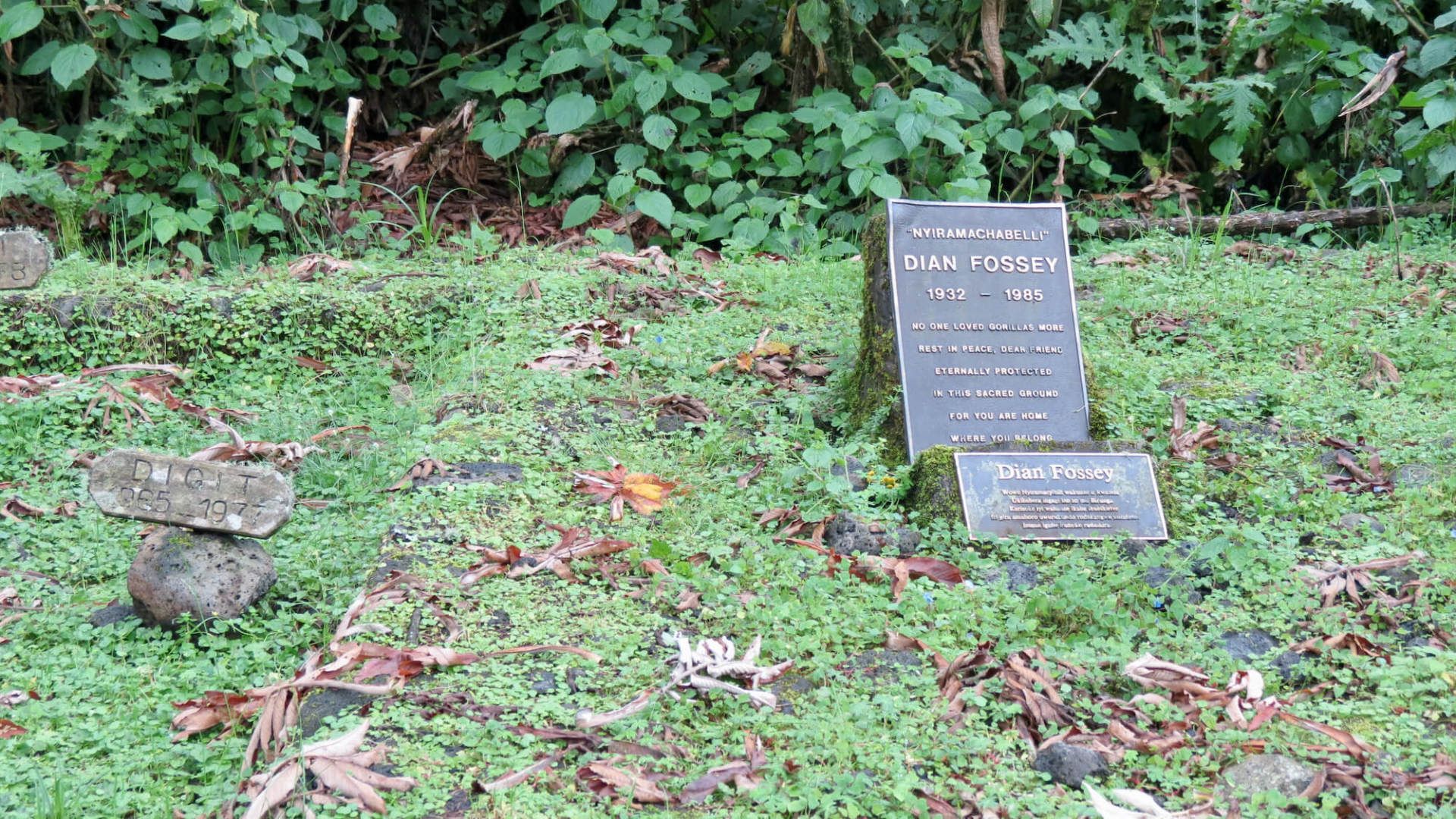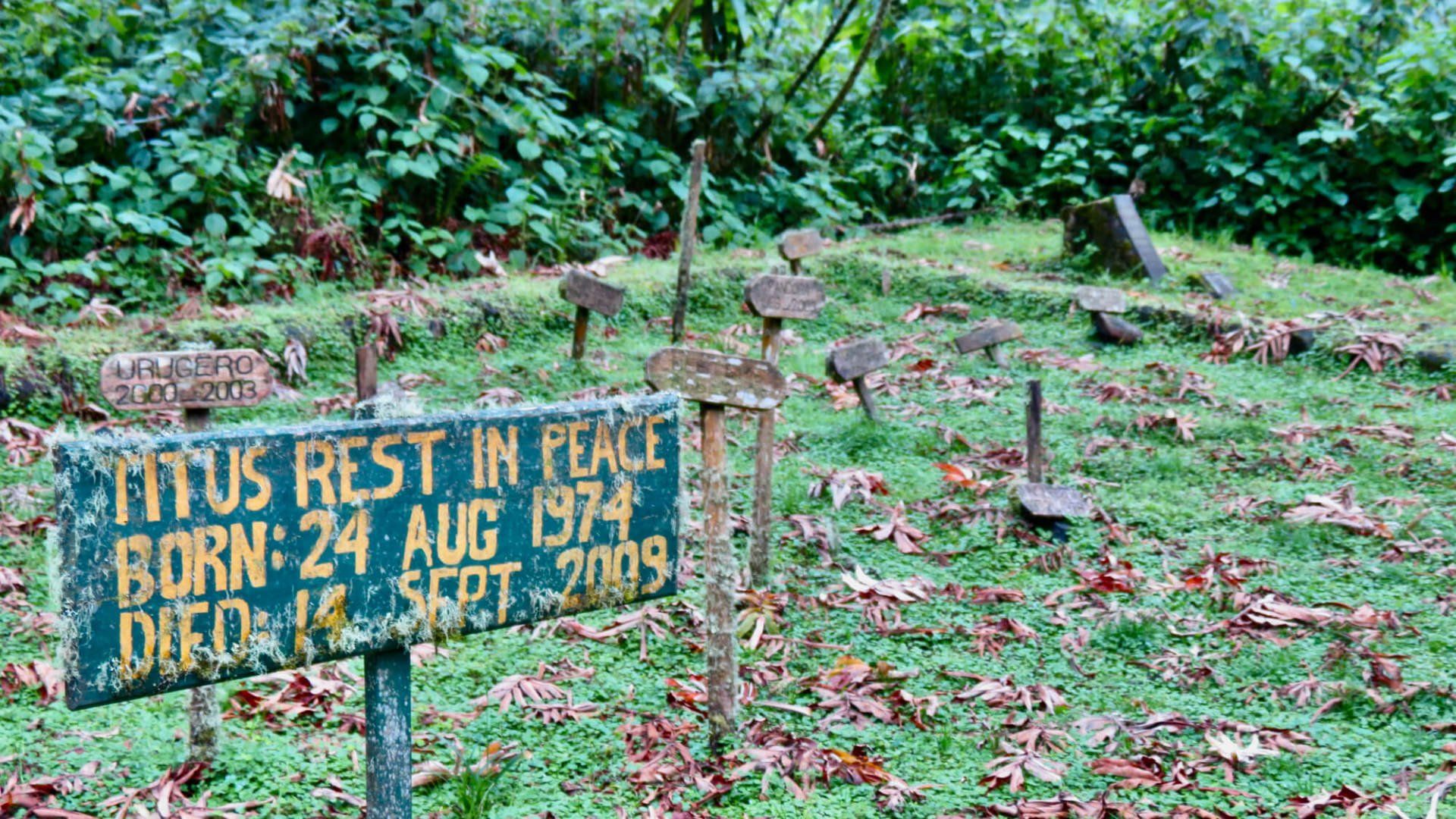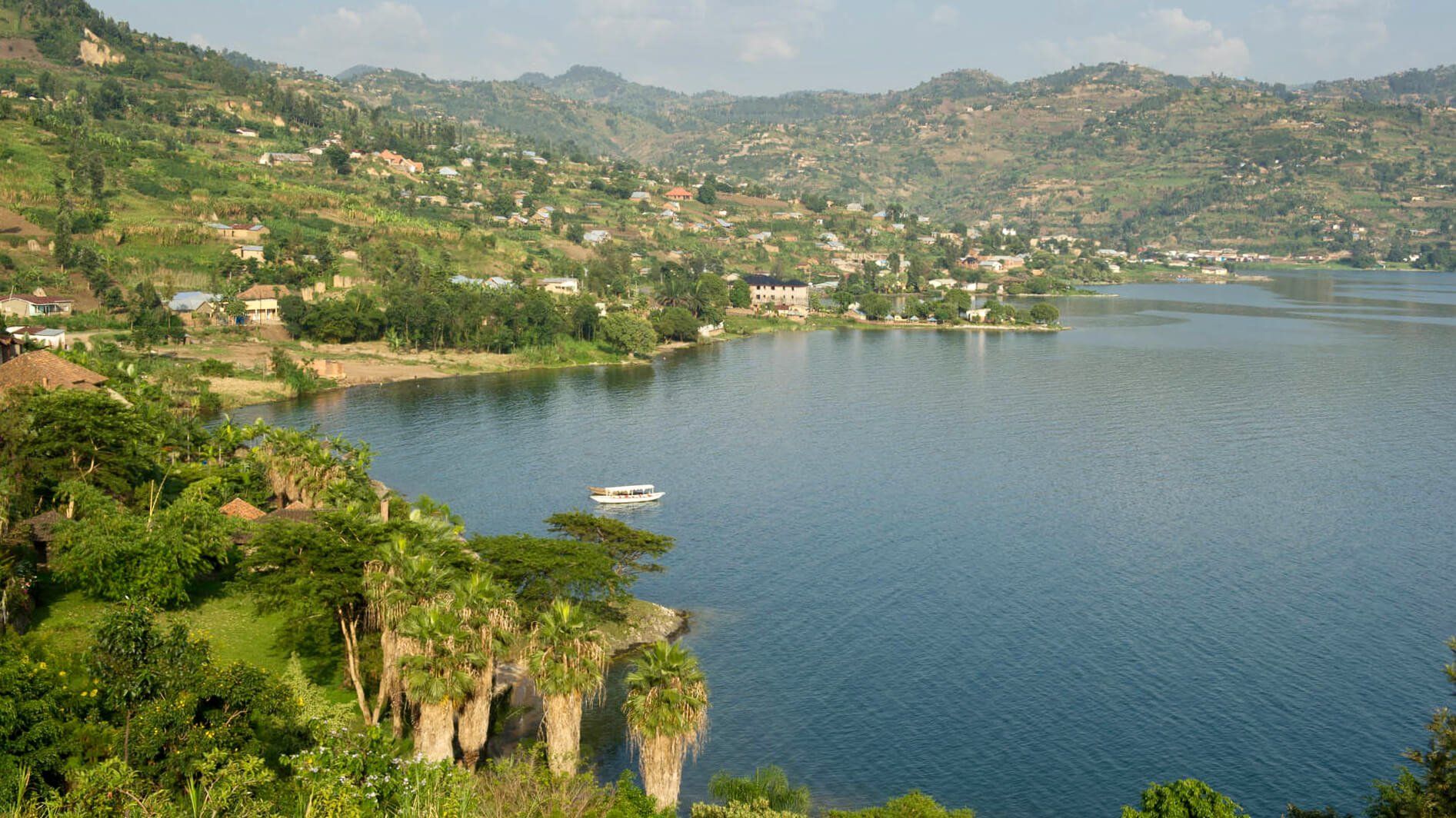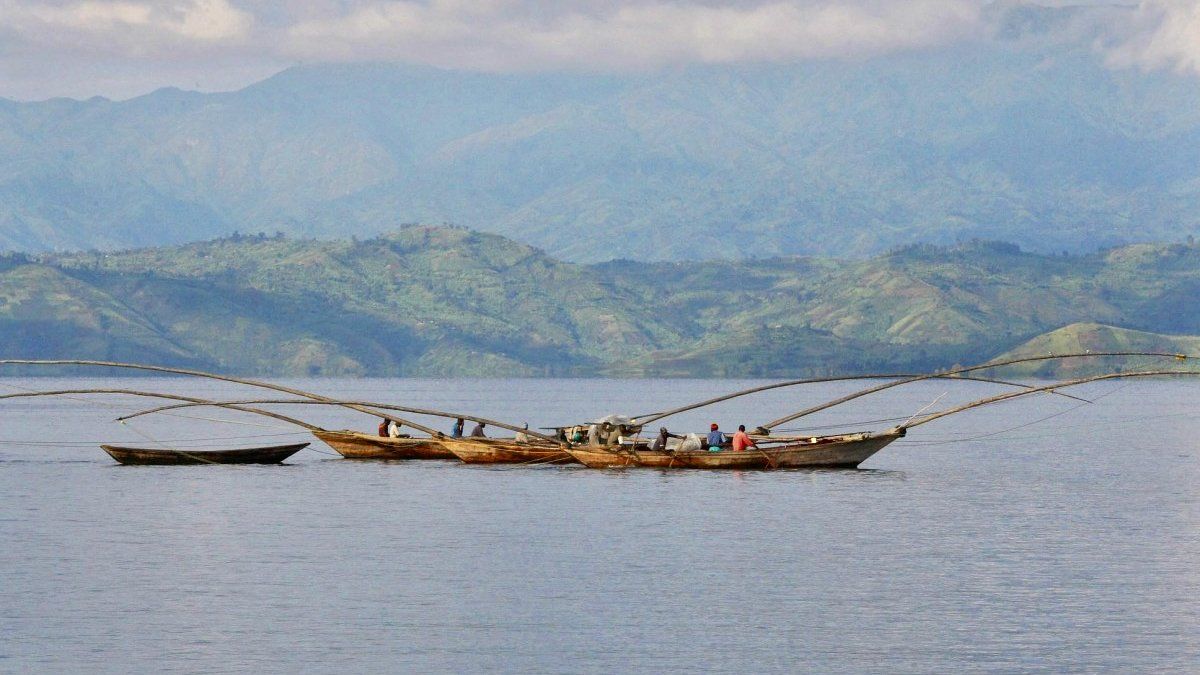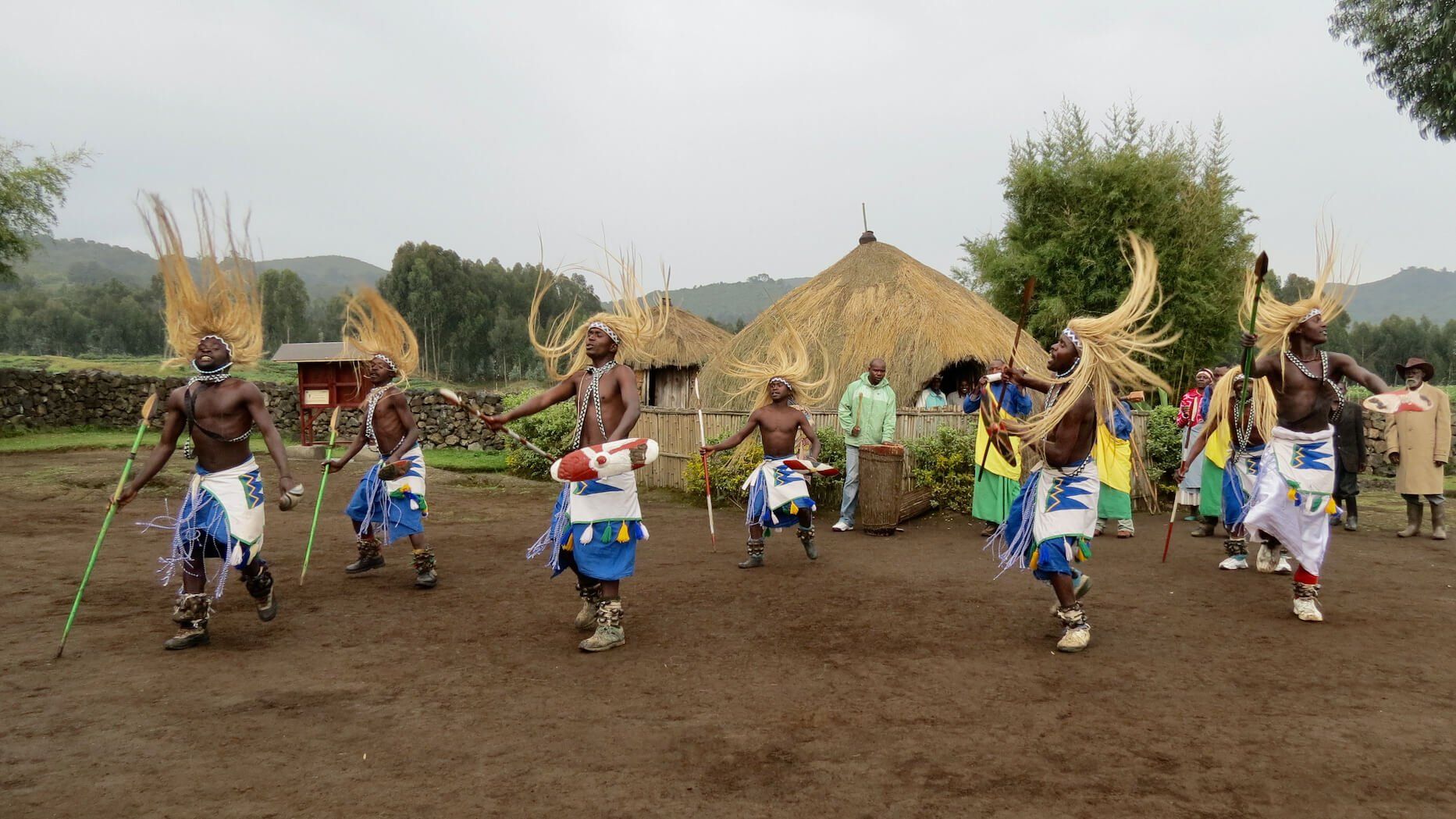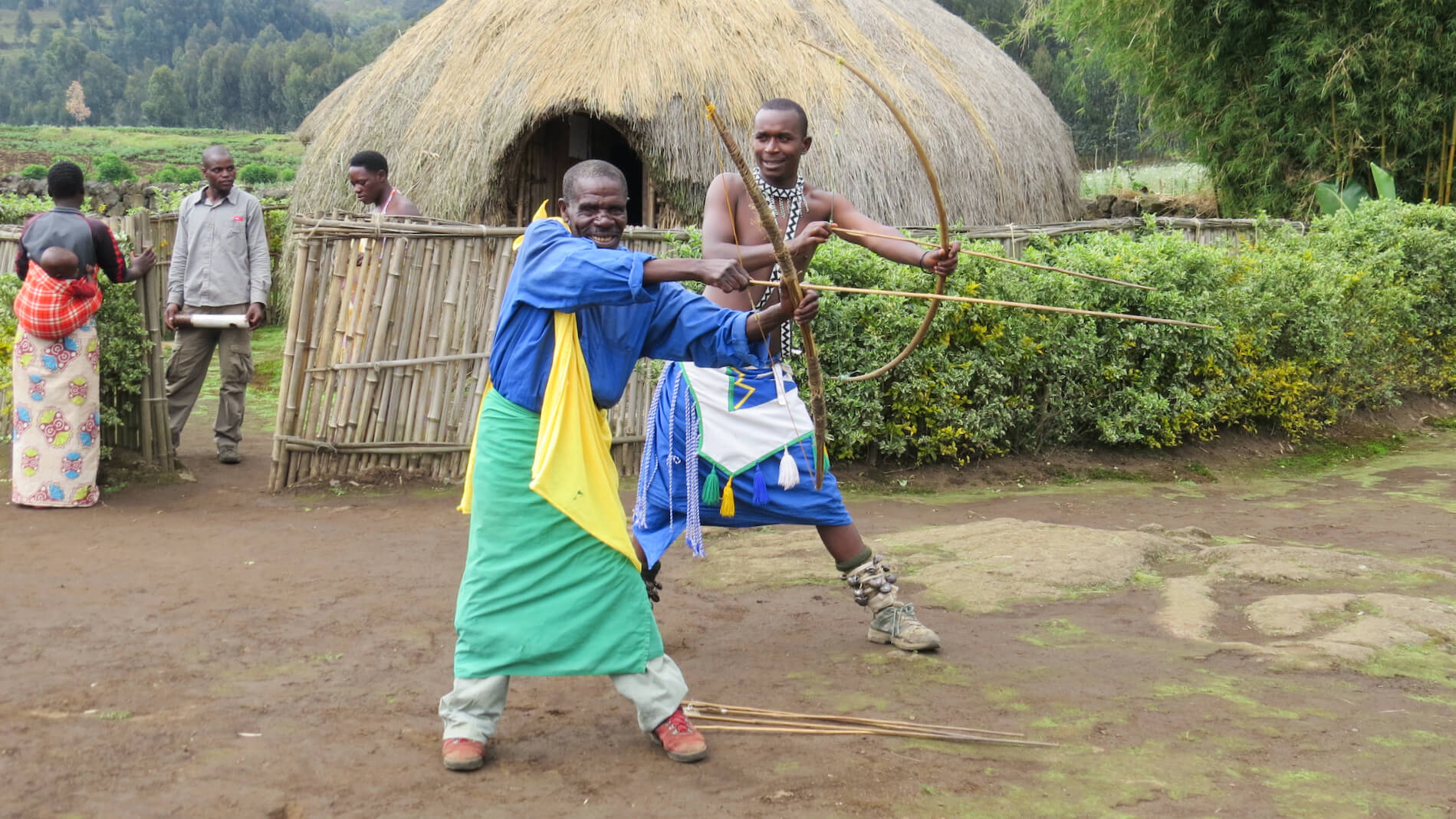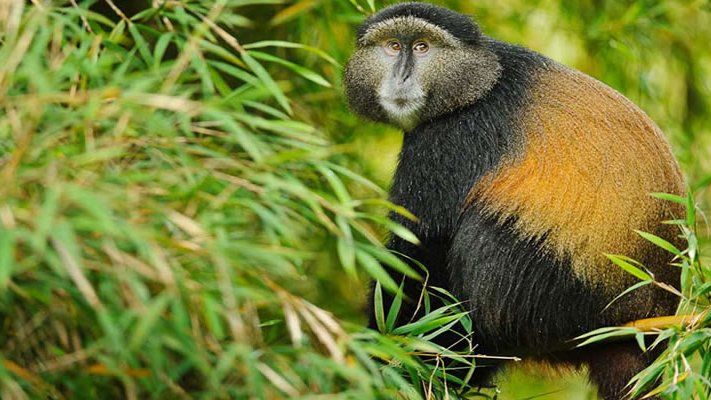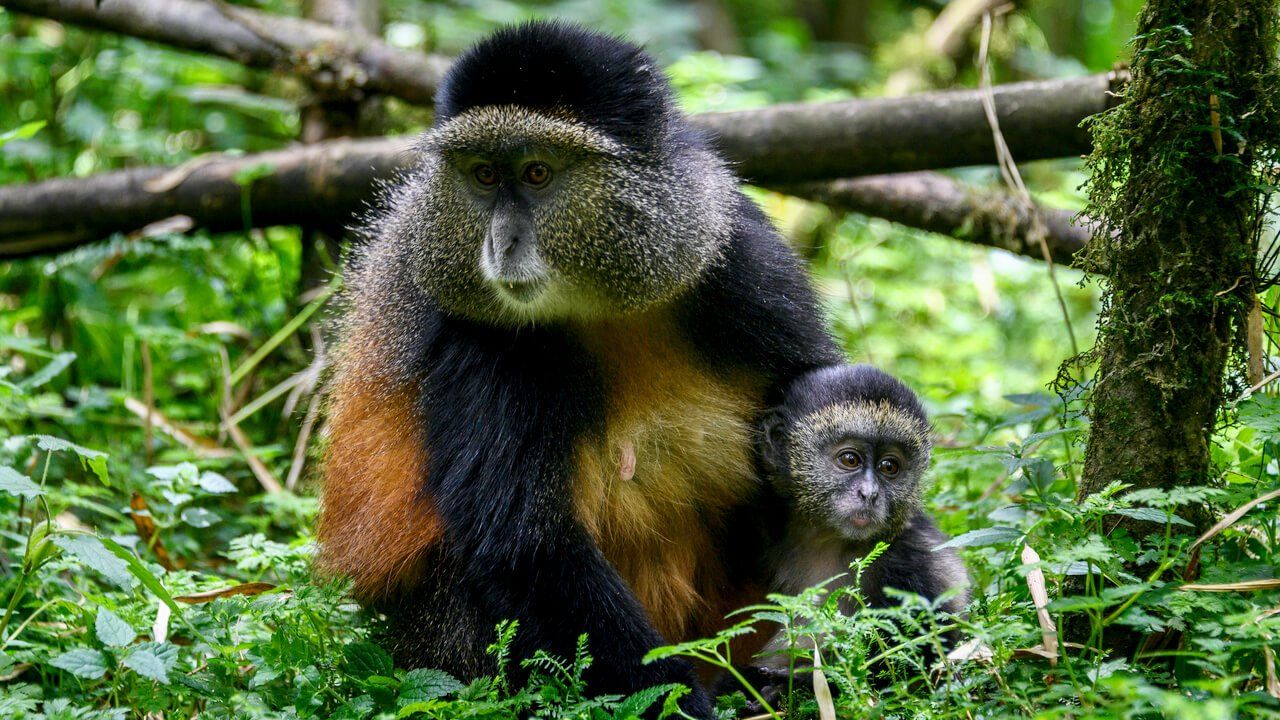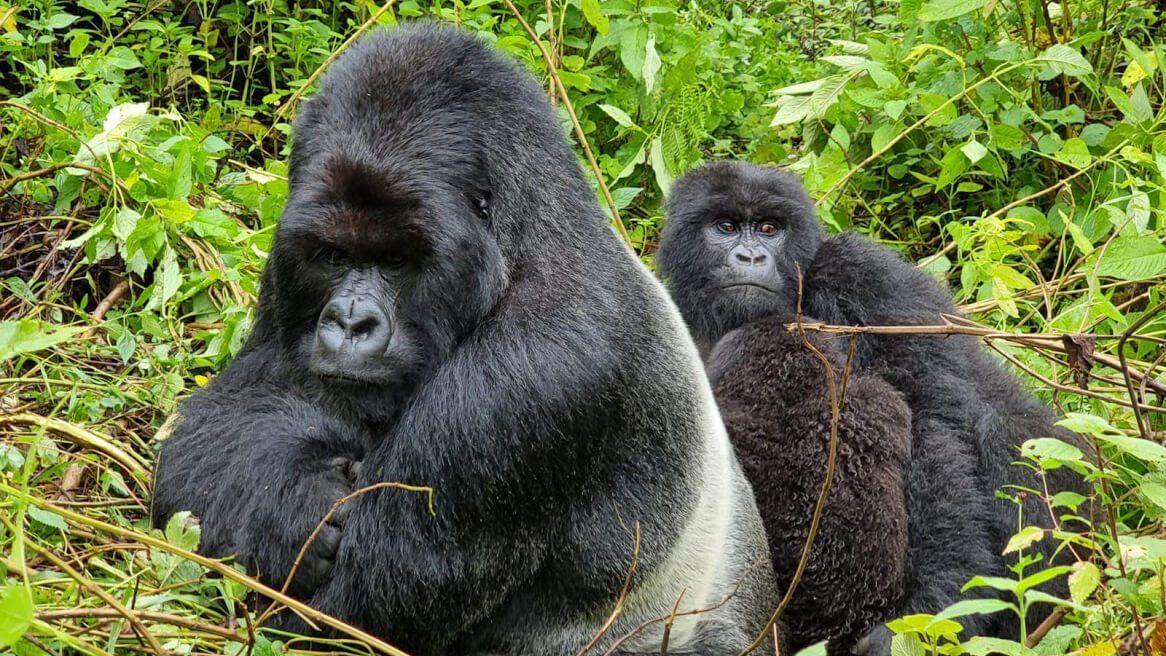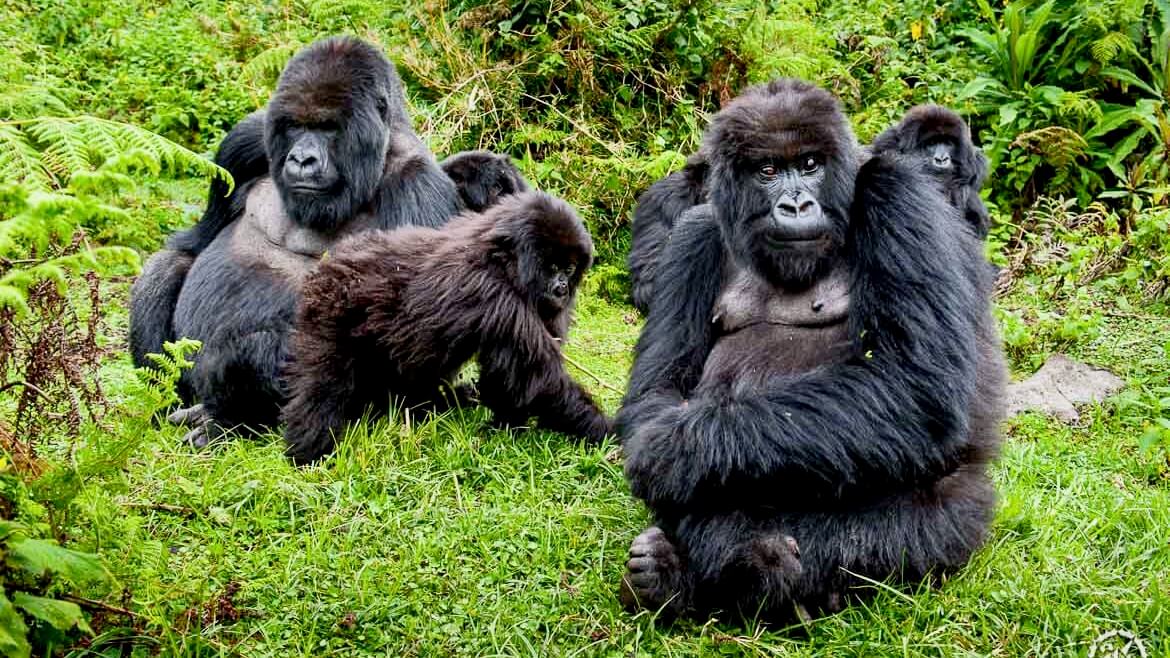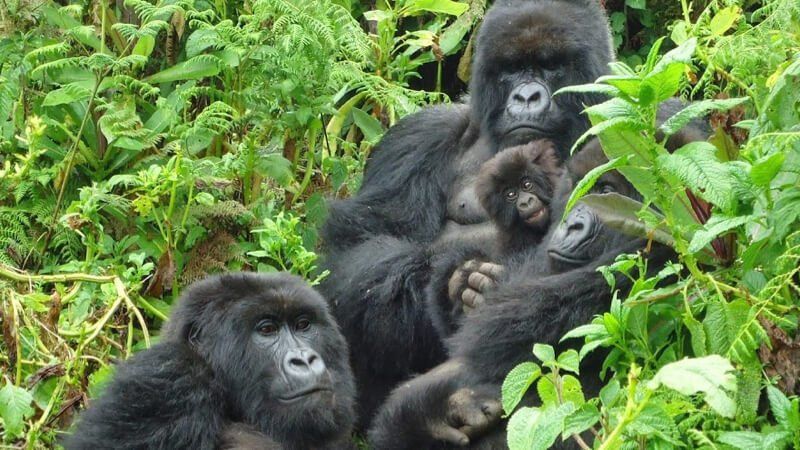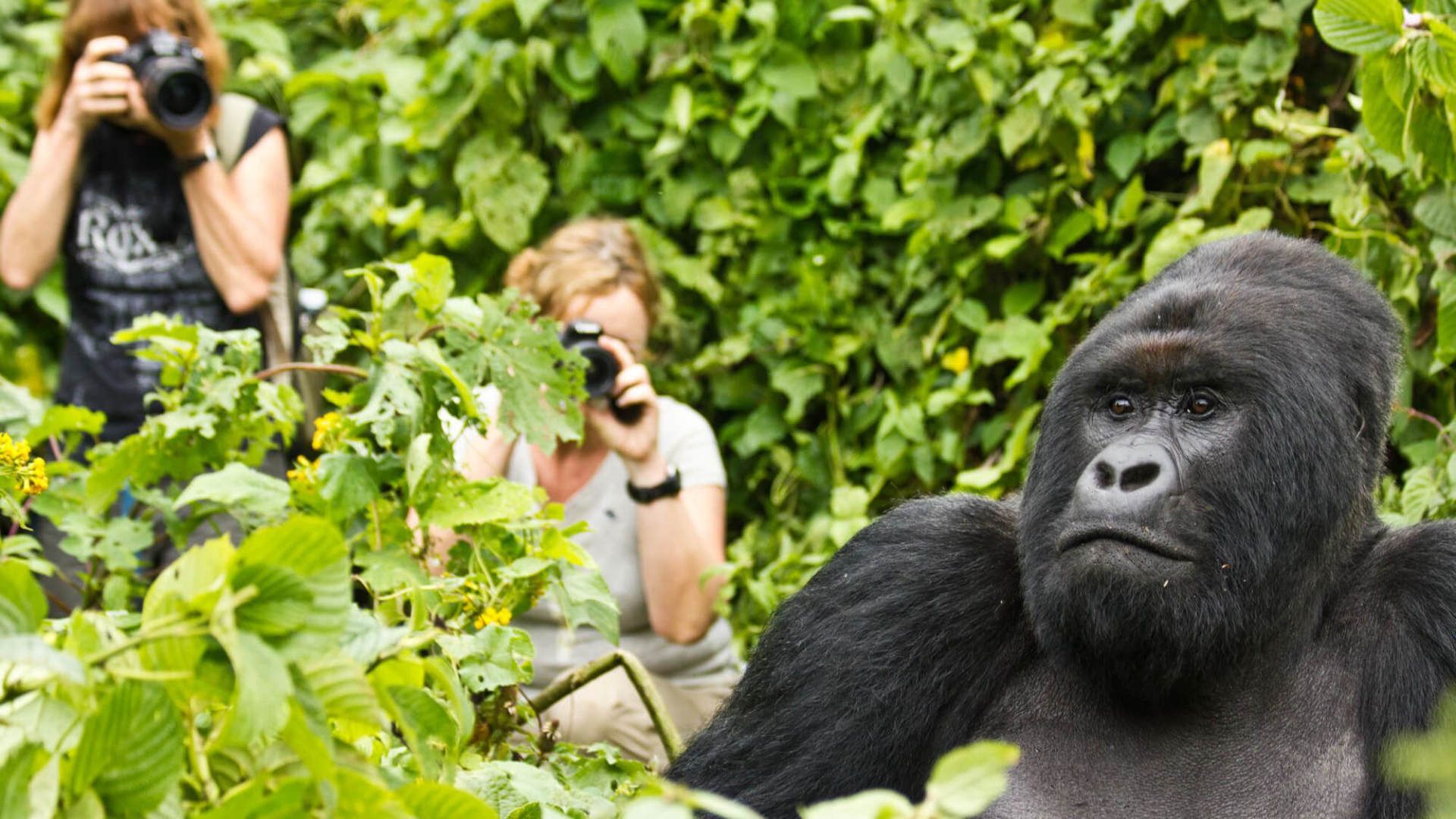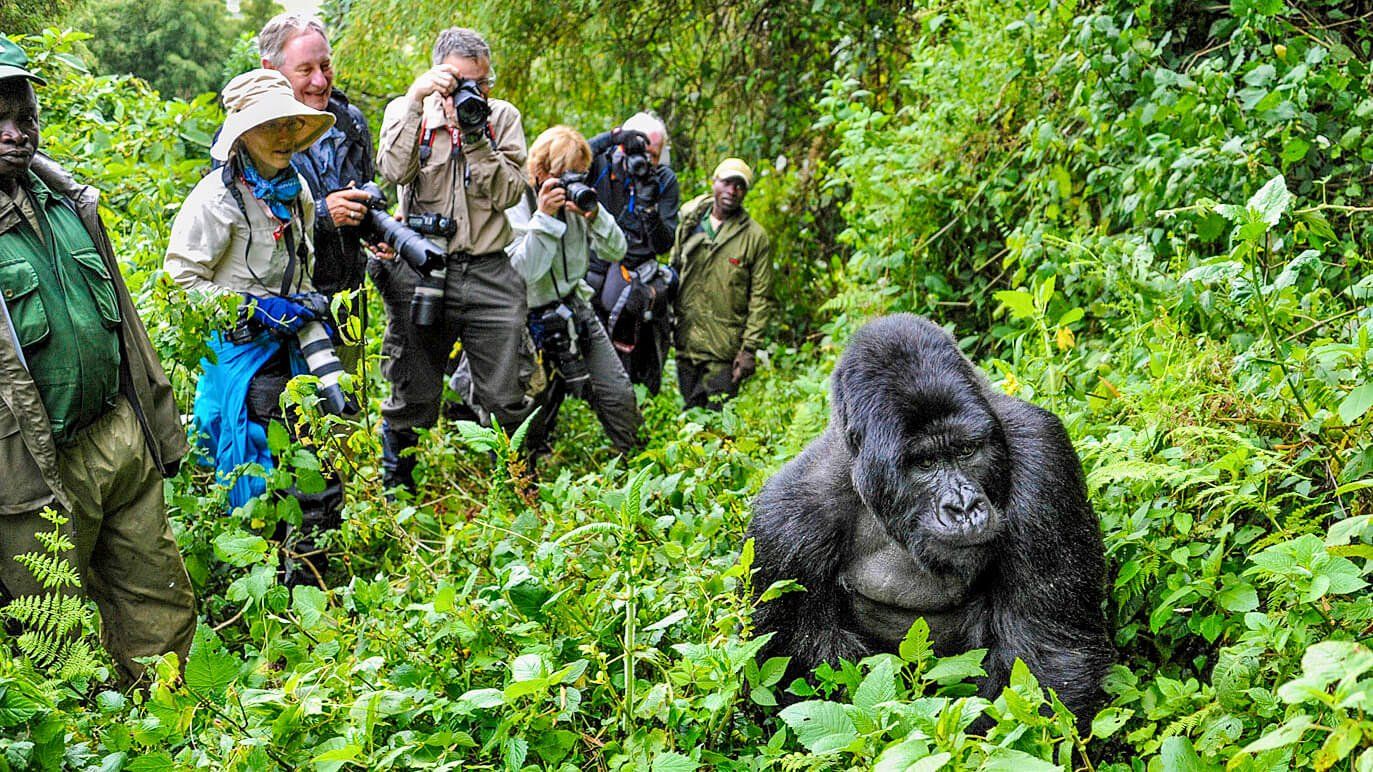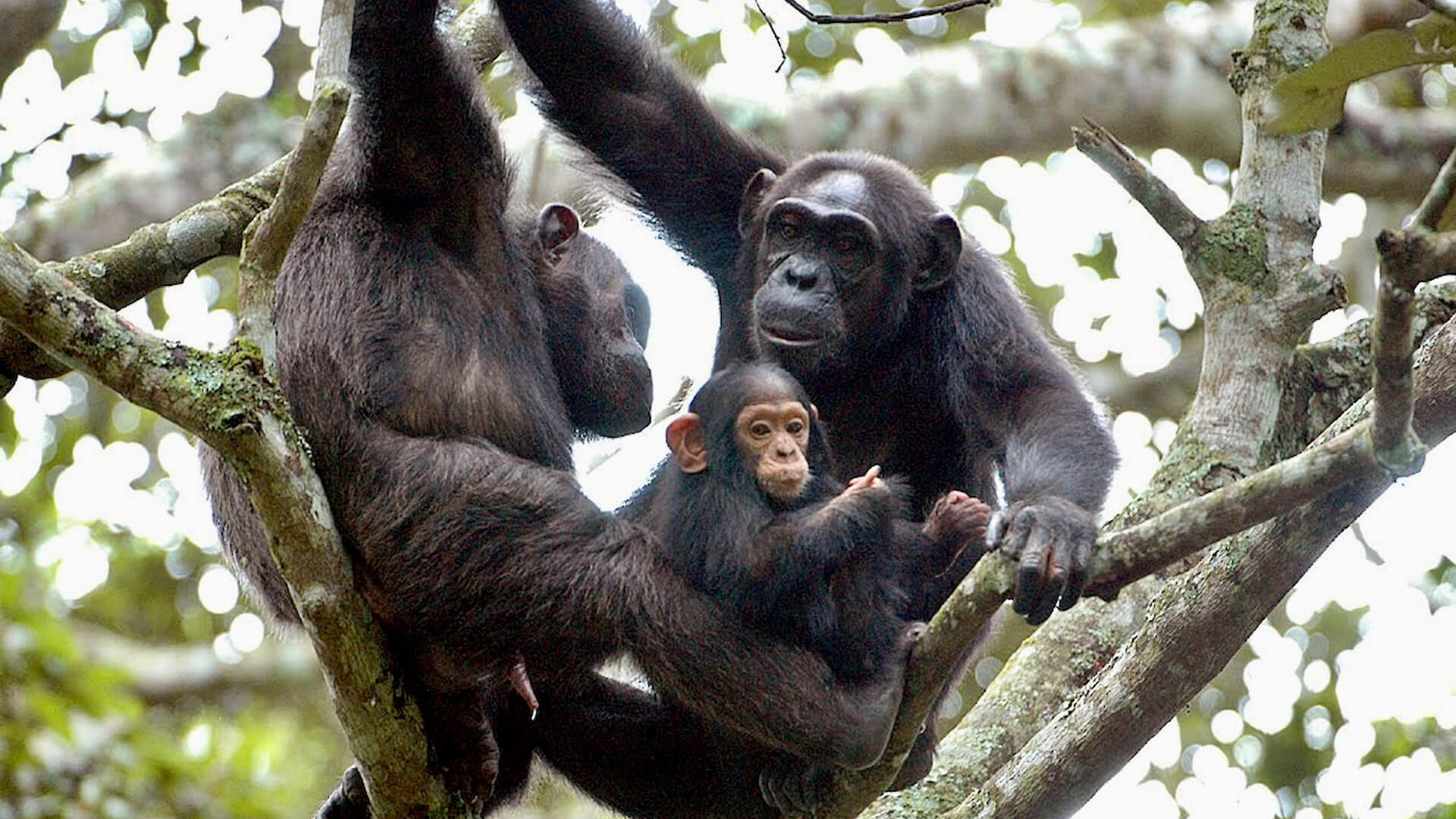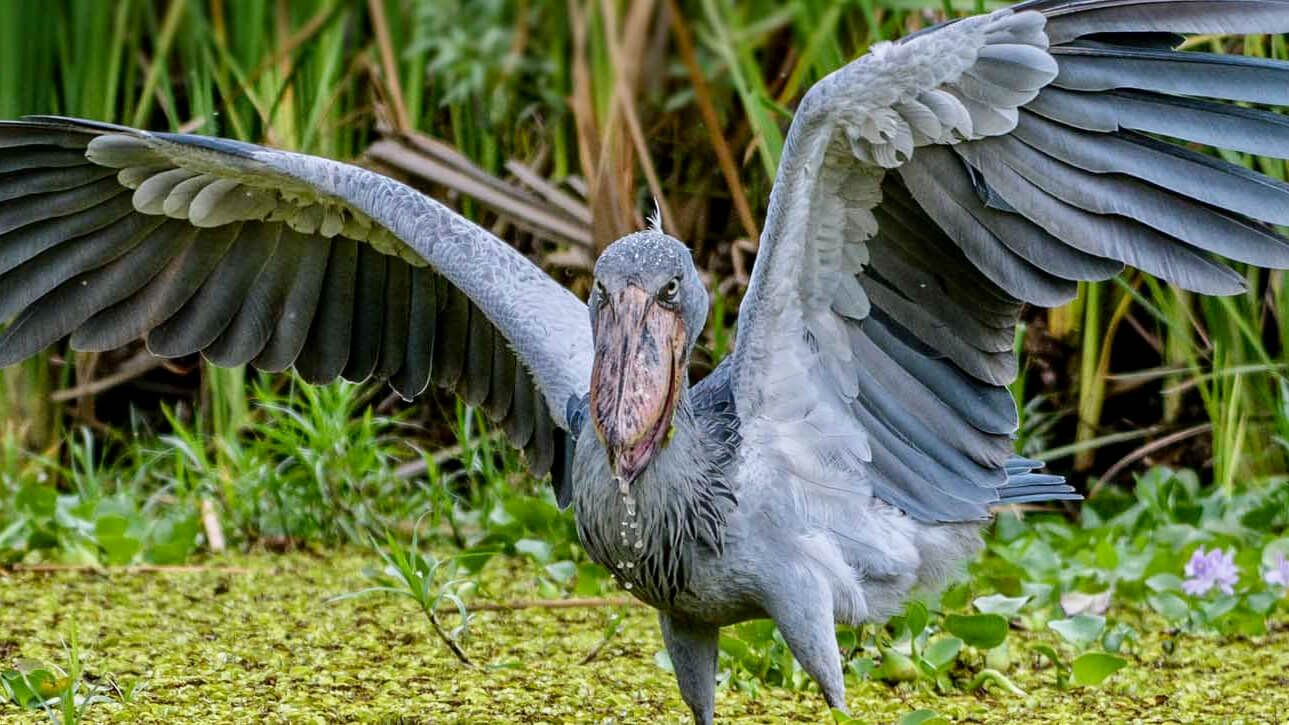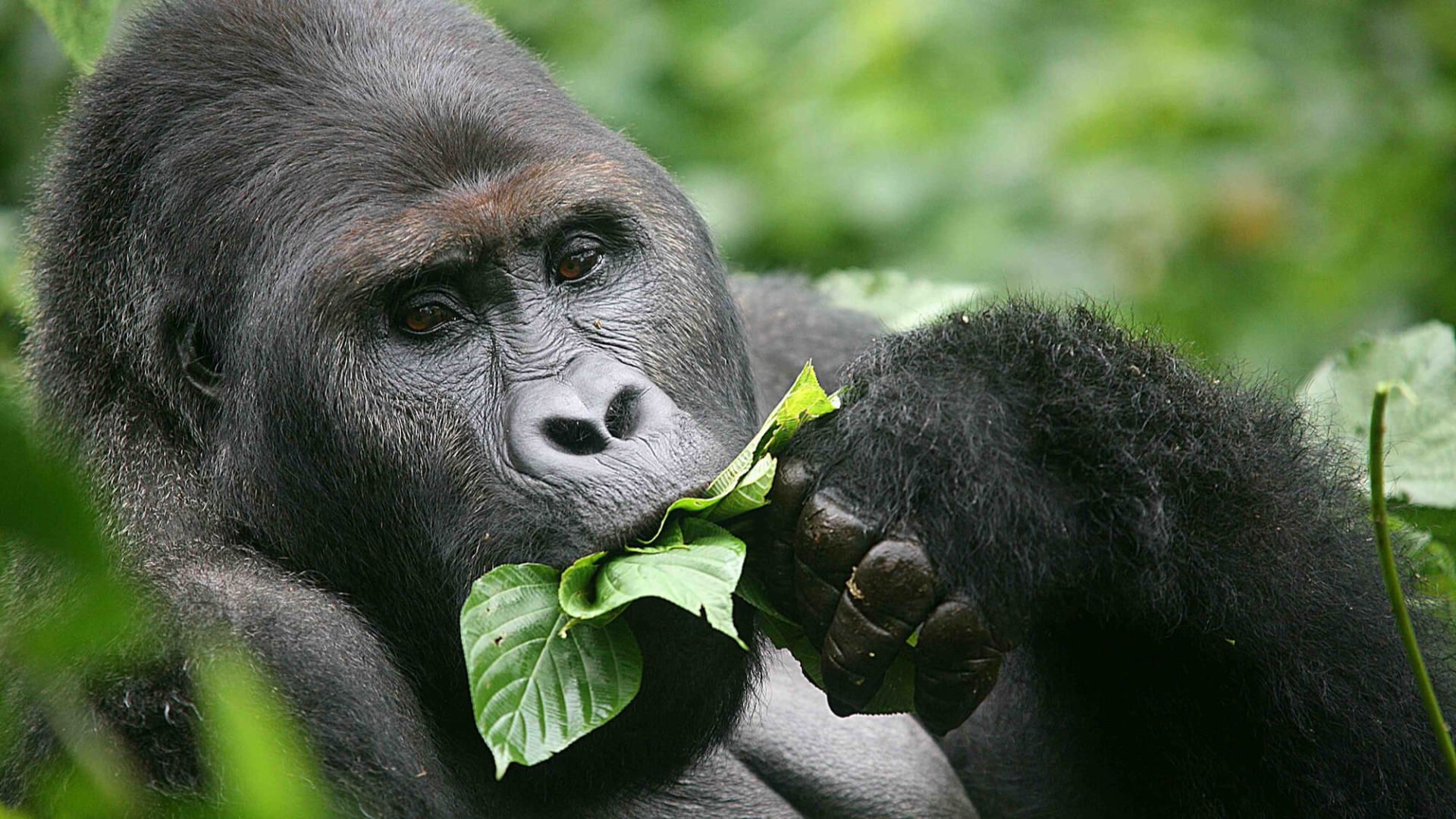Rwanda Attractions & Highlights
- Kigali And Genocide Memorial
Kigali nestles in the heart of Rwanda, functioning as the political and commercial center of the country. The city is built on several hills and valleys gaining, justifiably, the title of “The Hilly City”.
Kigali is rich with culture and art and is inundated with remarkable architecture, museums, recording studios, theatres, dance performances and unique craft markets. “Cleanliness and security” is the motto of Kigali. In accordance with this motto, the city is a safe and secure place to live, visit and explore at any hour of the day or night.
The Genocide Memorial Centre is regarded as one of the best museums in Africa! Learn about Rwanda’s history from the pre-colonial era to the 1994 genocide war that shocked the world. No matter which part of the world you come from, this is the one place you must visit in your lifetime to be reminded and re-educated of life’s fragility and the danger of the human vulnerability. The memorial commemorates the bravery, the strength and unmatched struggle of the people of Rwanda and is also the burial site of the victims of the Genocide of 1994 when an estimated 1 000 000 Rwandans were killed in 100 days. A trip to this memorial centre is an educational experience that will offer you thorough insight into the country’s painful past and it is a truly moving experience. You simply cannot appreciate this beautiful country and its friendly people if you haven’t visited this memorial centre.
Visit Hôtel des Mille Collines, also known as Hotel Rwanda. This hotel became famous after 1 268 people took refuge inside the building during the genocide. The story of the hotel and its manager at that time, Paul Rusesabagina, was used as the basis of the film “Hotel Rwanda”.
The Nyamata Genocide memorial site is located 30km’s South of Kigali. About 10 000 people were killed in the church compound from April 14-16, 1994. Today, the victims’ clothing and personal belongings are piled up on every single pew in the church and the altar has a machete (a broad blade used either as an implement like an axe, or in combat like a short sword) on it, as well as a rosary in a glass box. The single underground chamber has been turned into two formal crypts, which hold the remains of 41 000 people. Visitors can be guided to enter both the crypts where skulls are piled on four layers of shelves.
- Gorilla Trekking
It is believed that there are now at least 1 063 mountain gorillas living in the wild with over 600 mountain gorillas living in the southern area of Virunga National Park in the DRC and the Volcanoes National Park in Rwanda. Rwanda has 19 mountain gorilla families with 10 habituated groups suitable for trekking. This means that each day a maximum of 80 gorilla permits are issued for gorilla trekking. For those interested in seeing the gorillas in their natural habitat, Rwanda offers one of the easier trekking locations.
-
Birding
When going on birding safaris in Rwanda has over 700 bird species as well as other Albertine Rift endemic birds. Nyungwe Forest is home to 278 bird species - 26 of those are only found in the forests of the Albertine Rift. Grauer’s Rush Warbler is an Albertine Rift endemic that thrives in isolated mountain swamps, such as the Kamiranzovou. The Ruwenzori Turaco is rarely seen elsewhere but abundant in Nyungwe. Spectacular and rare birds, like the endemic purple-breasted and blue-headed sunbirds can be seen feeding in flowering trees. The black and white casqued hornbill, one of two hornbill species in the park, is known by its huge bill and honking call. The Akagera National Park includes wetlands which harbour a variety of bird species including the elusive shoebill stork. Volcanoes National Park is one of the best places for birding in Rwanda. More than 200 species can be found in the park with 27 of them exclusive to Rwanda and 16 species endemic to the Virunga Mountain ranges.
- Wildlife
Akagera National Park is a rather small park and the only park in Rwanda offering game viewing activities. Vegetation within the park include savannah, open plains, woodlands, lakes, swamp and grassy low mountains. It is also home to the Big 5 as well as the rare sitatunga (an antelope) and more than 520 bird species. You can enjoy a boat ride on Lake Ihema which has numerous crocodiles and one of the largest concentrations of hippos in the region.
- Mountain Climbing
Mount Bisoke is an extinct volcano found in the Virunga Mountain Range. This volcano is 3711m above sea level and located on the DRC and Rwanda border. An eruption in 1957 formed two small cones on the North flank of the volcano, 11km from the summit, which supports a beautiful crater lake called Lake Ngezi. From the Bisoke departure point it takes four hours up a steep trail to the crater lake to reach the summit. Walking around the crater lake rim is highly recommended. Allow seven hours for the entire trip.
- Nyungwe Forest
The main attractions in Nyungwe Forest are chimpanzee trekking (with more than 400 chimps in the forest area) and trekking the other 12 primates living in the forest. A variety of hiking and waking trails criss-cross the park. The trails range in difficulty and from 1.7km to 42km in length. Park guides are required for all walks and hikes through Nyungwe. One of the must do activities is doing the Canopy walk - a walkway 40m above the ground, 90m long and situated above a steep, deep valley. It offers you a dizzying platform for an "eye-to-eye" experience with different primate species and many birds that inhabit the upper scales of the forest.
-
Dian Fossey Grave
The Dian Fossey grave hike is a unique trek will take you to experience both her cabin and her grave. She was laid to rest in the graveyard behind her cabin, among her gorilla friends and next to her beloved and favourite gorilla, Digit, who was tragically killed while defending his family. While advocating for protection of the mountain gorillas, she was murdered by an unknown poacher. Although Fossey’s life was cut short, her work has inexorably continued through the Karisoke Research Center. It developed into conservation efforts for other wildlife and programs for local people living in the vicinity of the few remaining mountain gorillas. Scientists and researchers maintain a 40-year old database of information about gorilla life, conduct, locale and protection - one of the longest-running primate studies. As a result of the continuous protection and monitoring by Karisoke staff in partnership with Volcanoes National Park authorities in both Rwanda and the Congo, the mountain gorilla population of the Virungas has increased.
- Lake Kivu
Visit the hot springs at Nyamyumba (meaning - springs bubbling up into a large green pool), which is about 7km from Gisenyi town centre. This fascinating and stunning spot surpasses all imagination. Small pools of hot water ooze out of the ground, creating a unique hot spring beach side location. Not only is this a great place to relax, unwind, swim and get massaged by locals, but the medicinal virtues of the water are widely acknowledged. No scientific explanation has yet been offered as to the cause of this fascinating wonder of nature. A possible explanation can be that the soil beneath the hot springs derive its high temperature and water from the active volcano situated in the neighbouring Democratic Republic of Congo.
- Iby'iwacu Cultural Village
Iby'iwacu literally means, “treasures of our home, our heritage”. A guided walk through this village will reward you with an unusual and unforgettable experience as you visit different sites in this community. You can look forward to seeing the king’s house and listening to all the Kings’ stories and meaning of all items in his house. You will enjoy different types of traditional dances performed by community members like Intore dance and Ibyivugo using local and traditional musical instruments. Do not forget to visit the traditional healer as he displays and explains the different plant species and their medicinal significance to the locals. Visitors are allowed to participate in the day to day activities of a Rwandan and have a true encounter of being a Rwandan. Assisted by local women, activities like the cultivation of crops, millet grinding using local grinding stones and the preparation of traditional dishes like Ubugari and Igikoma will definitely give you a better understanding of this rustic community. Ex-poachers in the Batwa section will enlighten you with tales about the poaching techniques once used. You will also learn more about making pottery and art and craft as demonstrated by the local women.
- Golden Monkeys
Trekking to see the golden monkeys (listed by the IUCN as endangered) is another highlight of Volcanoes National Park. The Golden Monkey is a local subspecies of the widespread Sykes Monkey, also known as the “Blue Monkey” and is endemic to the high-altitude forests of the Volcanoes National Park area. The monkeys are playful and inquisitive and often spend their time leaping from bamboo branches or frolicking on the forest floor. There are two habituated groups of Golden Monkey in Rwanda. One group comprises around 80 - 100 members and is found in the Volcanoes National Park. Treks to see the Golden Monkeys take place in the mornings and visitors are permitted to stay with the monkeys for 1 hour.
SPECIAL - RWANDA GORILLA TREKKING
GROUP SAFARI
DISCOUNTED GORILLA
PERMIT RATE!
4 days / 3 nights
Highlights: Gorilla Trekking in Volcanoes National Park
Departure dates: 26 Nov & 10 Dec '25
UGANDA GORILLA TREKKING
GROUP SAFARI
4 days / 3 nights
Highlights: Gorilla Trekking in Bwindi NP
Date: 20 - 23 Jul / 06 - 09 Sep '25
RWANDA & UGANDA GORILLA TREKKING
GROUP SAFARI
4 days / 3 nights
Hightlighs: Kigali & Gorilla Trekking in Bwindi NP
Date: Jun, Jul & Sept '26
RWANDA GORILLA & CHIMPANZEE SAFARI
7 days / 6 nights
Highlights: Gorilla & Chimpanzee Trekking
Date: Private Safari
UGANDA GORILLA & CHIMPANZEE TREKKING
GROUP SAFARI
9 Days / 8 Nights
Highlights: Gorilla & Chimpanzee Trekking
Date: 20 - 29 Sep 2025
BEST OF UGANDA
10 Days / 9 Nights
Highlights: Murchison Falls / Chimpanzee and Gorilla Trekking
Date: Private Safari
BIRDING, CHIMPANZEE & GORILLA SAFARI
10 Days / 9 Night
Highlights: Mabamba Swamp / Semliki / Kibale NP / Bwindi NP
Date: Private Safari
MOUNTAIN & LOWLAND GORILLA SAFARI
8 Days / 7 Nights
Highlights: Mountain Gorilla, Chimpanzee & Eastern Lowland Gorilla Trekking
Date: Private Safari
